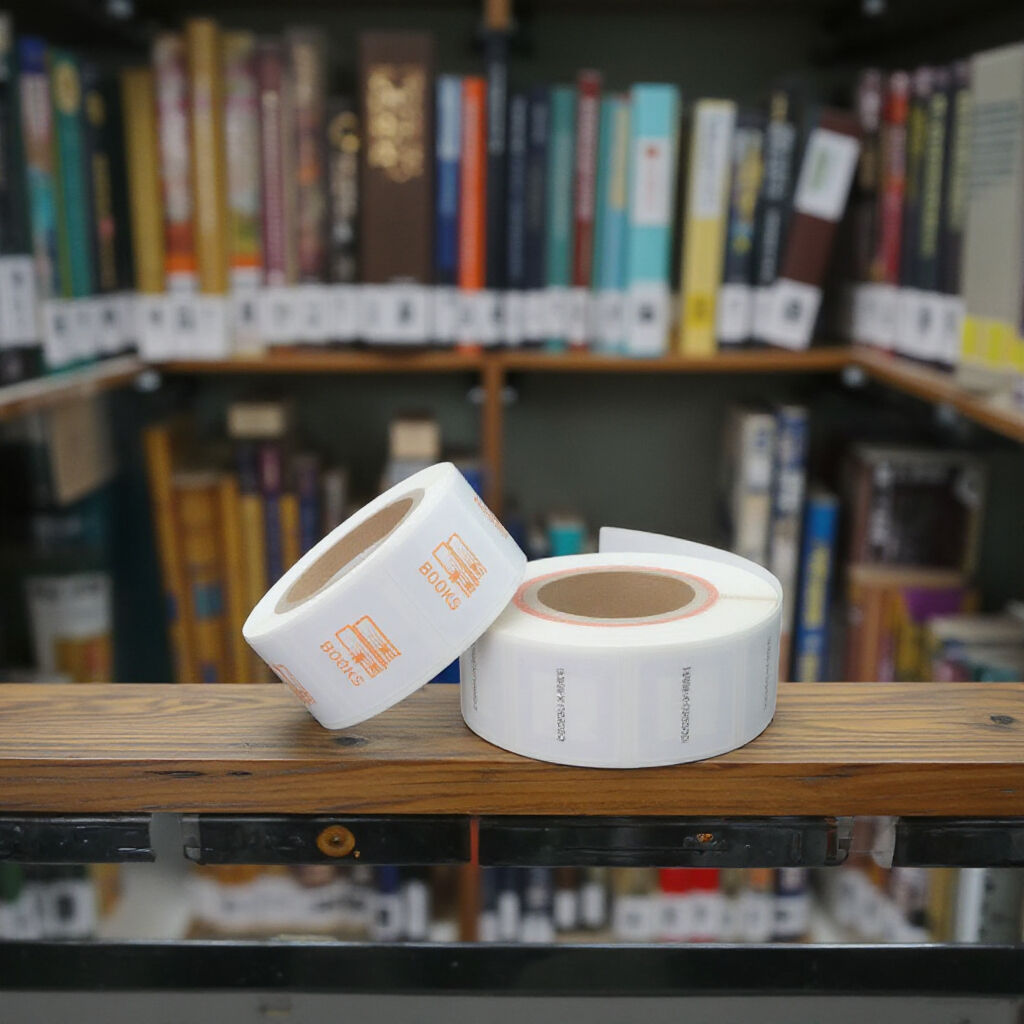RFID (Radio Frequency Identification) technology is one of the earliest scenarios to achieve large-scale application in the field of library and archive management. In library management, RFID has made borrowing, returning, and keeping track of inventory a lot easier and faster. And in archives, RFID is becoming a game-changer, too, especially in places like universities and public security agencies.
When RFID first started being used in libraries and archives, high-frequency (HF) solutions were the go-to. At that time, ultra-high-frequency (UHF) tags weren't very sensitive, but HF technology did the job for library management, so it was used a lot. But as tech got better and prices went down, a lot of public libraries decided to stick with HF for their upgrades. That's still pretty common in a lot of public libraries and some universities today. But then in 2017, Impinj came out with the Monza R6 chip, which made UHF tags more sensitive, going from 19.5 to 22, meeting commercial standards. This made UHF RFID tags a bigger deal in university libraries and community reading corners, because it let people borrow and return multiple books at the same time, and made the self-service borrowing machines better.
As RFID became more common in libraries, companies started looking into other uses for it and came up with smart reading solutions. They used HF technology in products like smart bookshelves, mobile reading rooms, and book sterilization machines. Now, RFID is being used in community reading corners, public spaces, and primary and secondary school campuses. Meanwhile, in the rapidly growing archive market, tool cabinet companies have entered the RFID industry, launching UHF-based RFID archive cabinets to meet the needs of public security, financial institutions, government agencies, and hospitals for archive management, circulation, inventory, and retrieval.

The Core Value of RFID in Library and Archive Management
Improved Efficiency and Precise Positioning
In libraries, RFID technology supports fast borrowing, returning, and inventory processes, which really improves service levels. Traditional manual inventory methods are time-consuming and imprecise, making it hard for patrons to find specific books. RFID helps manage the library better, letting you find books faster and making things more efficient.
Reduced Operating Costs
Traditional libraries need a lot of staff to handle borrowing, returning, and questions across different sections. With RFID, you can get by with just one workstation per floor to handle zoned management. That means you don't need as many staff and your operational costs will be lower.
Book Tracking and Loss Prevention
When you pair RFID tags with security gates, they work really well to reduce book loss. Each book with an RFID tag can be tracked on a data platform, so you know how long it's being borrowed and who's borrowing it. You can even get timely return reminders, which makes managing things a lot easier.
Intelligent Archive Management
When it comes to managing archives, RFID technology makes it easier to find, identify, track, count, and manage paper archives. Even though public security, judicial agencies, hospitals, and financial institutions are speeding up digitization, there's still a big need for paper archive backups, which creates a lot of room for RFID archive cabinets.
Unmanned Management and New Business Models
RFID has driven the rise of self-service micro-libraries, which are used in communities, campuses, and urban reading rooms. With RFID, you can borrow and return books 24/7, making libraries more convenient and smarter.
In the world of library and archive management, RFID tags are all the rage. They're used to manage all sorts of books and archives, like file folders, hardcover books, kids' picture books, periodicals, and braille books. Companies use RFID to allow people to access things on their own, to know where things are on the shelves, to keep track of what's there, and to manage who's using it. This meets the needs for security and efficiency.
For places using RFID, stores can save about 50% on labor costs. Library staff efficiency goes up a lot, which makes them feel good about their work and helps them stay engaged. On top of that, RFID systems cut down on lost books and the hassle of tracking them down, plus they boost resident experiences by improving public service quality and overall well-being in the community.
Guangdong Xinye Intelligent Label Co., Ltd., focuses on making RFID electronic tags, with over 16 years of deep expertise in the RFID field, Xinye rfid is committed to designing and manufacturing high-performance RFID stickers. We combine technical know-how with cutting-edge manufacturing to provide top-notch RFID solutions for all sorts of applications. If you and your organization are looking for a reliable supplier of RFID library tags, feel free to contact us anytime. We'll hook you up with top-notch, reliable products.